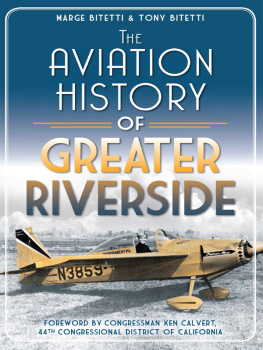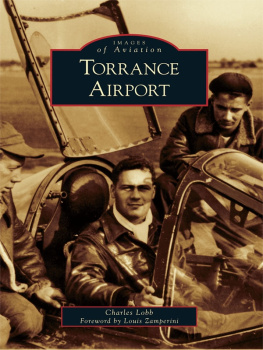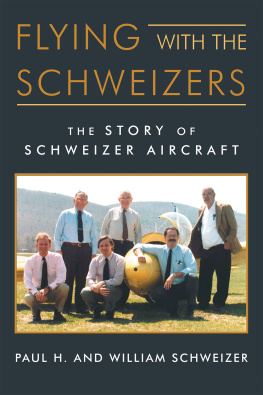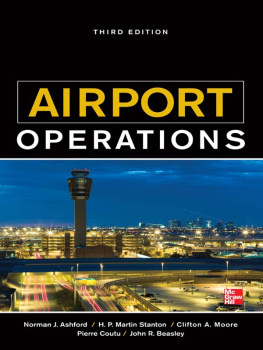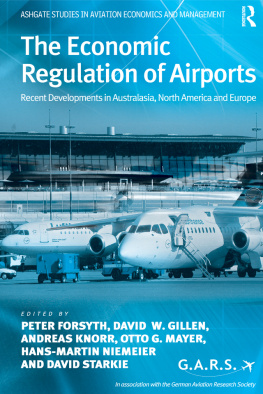

Published by The History Press
Charleston, SC 29403
www.historypress.net
Copyright 2013 by Marge Bitetti and Tony Bitetti
All rights reserved
First published 2013
e-book edition 2013
Manufactured in the United States
ISBN 978.1.61423.853.9
Library of Congress CIP data applied for.
print edition ISBN 978.1.60949.630.2
Notice: The information in this book is true and complete to the best of our knowledge. It is offered without guarantee on the part of the authors or The History Press. The authors and The History Press disclaim all liability in connection with the use of this book.
All rights reserved. No part of this book may be reproduced or transmitted in any form whatsoever without prior written permission from the publisher except in the case of brief quotations embodied in critical articles and reviews.
CONTENTS
FOREWORD
Riverside County is home to a rich cultural history and, most notably, a proud tradition of aviation. From the many general aviation airports to the historic March Joint Air Reserve Base, Riverside is an alluring destination for aviation enthusiasts and historians.
Riversides history is filled with remarkable stories, such as the creation of the March Air Force Base. In the early years of the twentieth century, the United States Congress instructed U.S. generals to prepare America for entry into World War I by putting the Yankee punch into the war by building an army in the air. Out of that order, a base was commissioned at Alessandro Field in Riverside, California. This field is one of the gems of Riverside and is critical to American military capabilities. It has supported as many as eighty-five thousand troops at the height of activity and was the hub of West Coast deployments to the Middle East.
As part of the community effort to recognize the proud history of aviation, the March Field Air Museum is now home to the Distinguished Flying Cross Memorial. The Distinguished Flying Cross honors members of the armed forces who demonstrate extraordinary heroism during aerial flight. The March Air Field Museum has become the nationwide symbol for the commemoration of Distinguished Flying Cross recipients; these are individuals who have made many incredible sacrifices in their service to our nation.
March Joint Air Reserve Base and the March Field Air Museum are just two examples of the importance of Riverside County to U.S. aviation explored in The Aviation History of Greater Riverside. Marge and Tony Bitetti have greatly contributed to the chronology of Southern California through excellent collections of local narratives, and this book will certainly be remembered as a wonderful addition to local history as it highlights the remarkable contributions that Riverside County has made to U.S. aviation.
Congressman Ken Calvert
Forty-fourth Congressional District
ACKNOWLEDGEMENTS
Working on this book has been an educational and memorable experience. Thanks are fitting to so many people who helped make this book possible. We learned so much about the brave men who saw the possibilities and acted on their dreams to make aviation history in Riverside a reality. Special thanks to the following people, who assisted in some way to make this book possible:
Tony Haraman and Ralph Cooper
From the Corona Airport, City of Corona: Richard Brodeur and Bob and Meta Suko
From Riverside Municipal Airport: Mark Ripley, director; Corinne Parker, Hank Schmel; Pete Downes; and Bud Ukes
From Skylark Field: Larry Perkins
Author Kim Jarrell Johnson
From Flabob Airport: Roman Warren Jr. and family, Don Madariaga, John D. Lyon, the Tom Wathen Center and Kathy Rohm
From Banning: Cheri McRae
From Perris Valley Airport: Melanie Peschio and the Conatser family
From March Air Reserve Base and March Field Air Museum: Patricia Korzec, who granted access to the March Field Air Museum, and also Michelle Sifuentes and Bruce Ward
Congressman Ken Calvert
This section would not be complete without a word of thanks to the brave barnstormers. Thanks to Roman Warren and Flavio Madariaga, and their wives, who lived to create the history that was an inspiration to countless people who followed.
OVERVIEW OF RIVERSIDE
Spanish Days
In 1774, Juan Bautista de Anza led a group through the territory to discover a new land route from southern Mexico to Alta, California. They settled in what is known today as Riverside. The location was named Valley of Paradise. In the 1930s, to commemorate de Anzas visit, a twenty-foot statue of him was erected at the corner of Market and Fourteenth Streets through private donations and a federal grant from the Works Progress Administration (WPA).
Riverside Established
The city of Riverside is the county seat of Riverside County, which covers 7,208 square miles and is bordered by Orange County on the west; La Paz County, Arizona, on the east; San Diego County on the southwest; Imperial County on the southeast; and San Bernardino County on the north.
Riverside gets its name from its proximity to the Santa Ana River. The river, which runs through San Bernardino, Los Angeles, Orange and Riverside Counties, is the largest river in Southern California and was important to early settlements in Riverside. The city of Riverside was established in the early 1870s by John Wesley North, an abolitionist from Tennessee. North was a statesman and later became a U.S. senator in Nevada. North and some associates founded a community in Northfield, Minnesota, in 1855. He later moved west to California and was joined by associates who helped in the establishment of Riverside.
North was a skillful man. When he was only fifteen, he started teaching school. In 1833, he became a licensed preacher. He later studied law and was admitted to the New York State bar in 1845. He died in 1890 at the age of seventy-five and is buried in Evergreen Cemetery in Riverside.
Citrus Industry
Citrus crops helped Riverside gain fame and fortune. In 1873, Eliza Tibbets introduced seedless oranges to the city by planting two trees in her garden. Since she was not connected to any main water supply, it is believed that she used her dishwater to nourish the trees. The first fruit produced by these trees grew in 187576. The fruit was known as the Washington navel orange. These new oranges were publicly displayed at a fair in 1879. The oranges were widely praised for their shape, size, color, texture and flavor. Tibbets sold cuttings from her orange trees to local nurseries. The trees thrived in the Southern California climate, and the navel orange industry grew rapidly. The growth of the orange industry led to the boom of the California citrus industry, which is commemorated in the landscapes and exhibits of the California Citrus State Historic Park in Riverside. By 1882, there were more than half a million citrus trees in California, almost half of which were in Riverside. The development of refrigerated railroad cars and innovative irrigation systems established Riverside as the wealthiest city per capita by 1895.
The Washington navel orange was a $30 million per year industry in Riverside by 1917. The citrus industry increased to $67 million by 1933; it grew from 1.0 million boxes of oranges in 1887 to 65.5 million boxes in 1944. The citrus boom was not harmed by the Depression and continued to grow.
Many people relocated to Riverside for the warm, dry climate and to leave behind the harsh winters on the East Coast. In 1905, the
Next page
